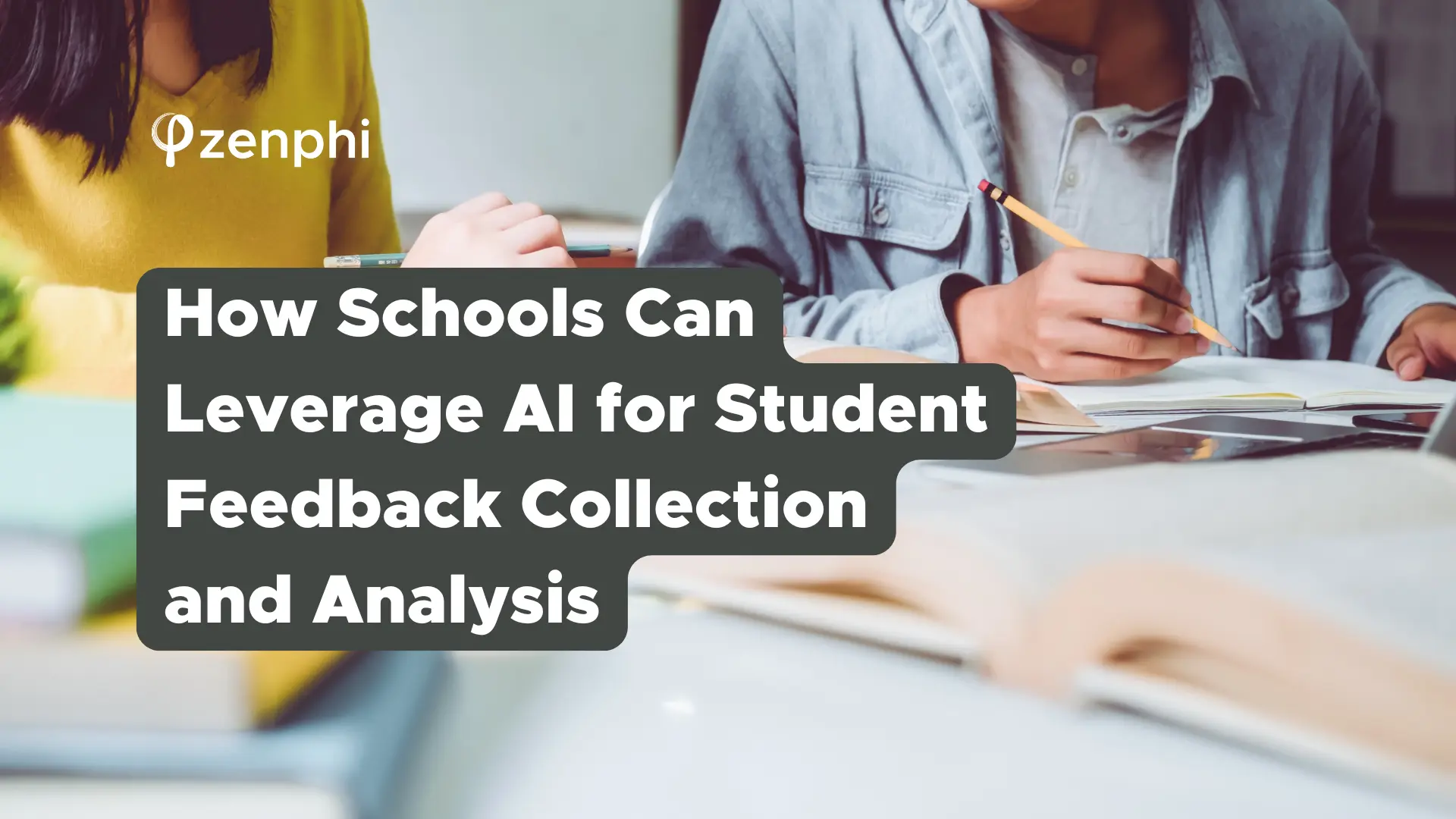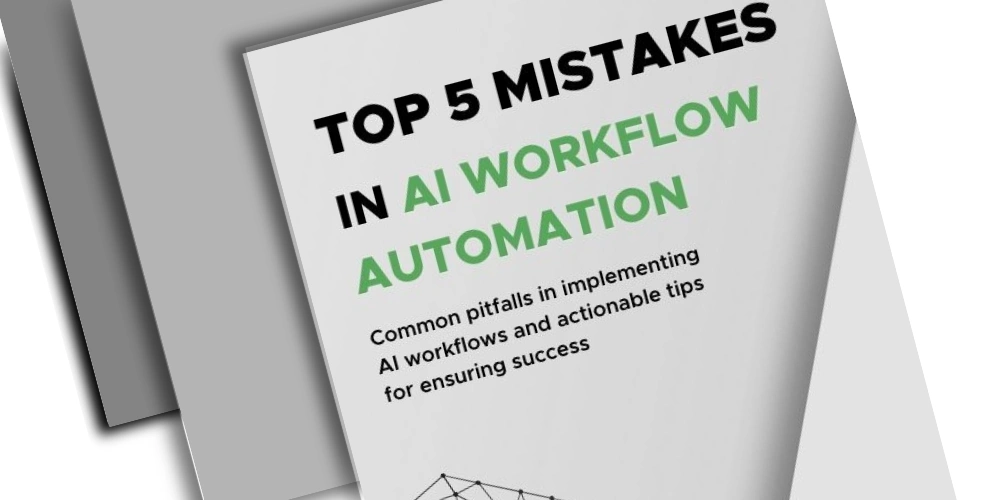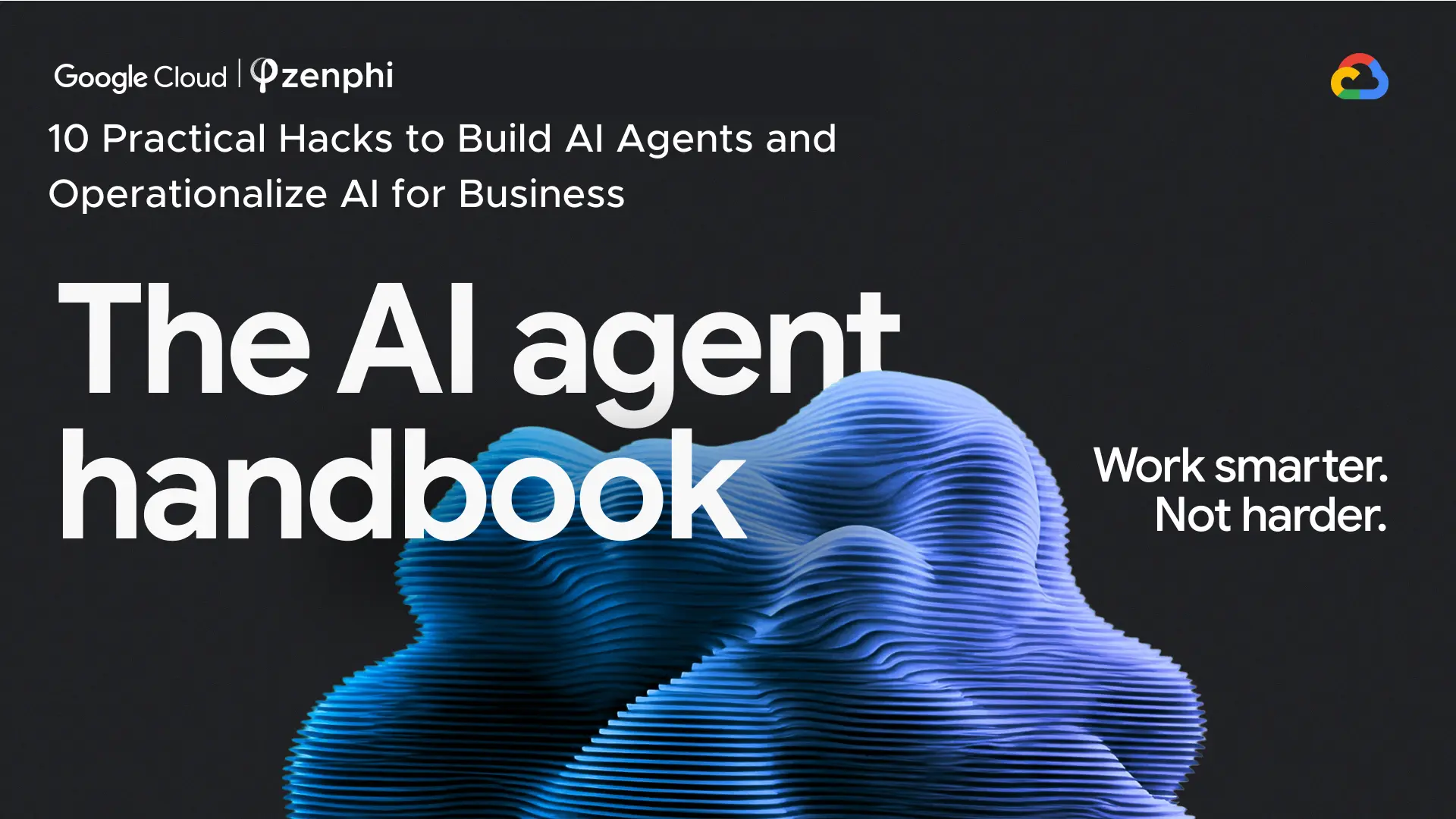Learn how schools can leverage technology development and AI to simplify operations and saving more time for educational process.
Table of Contents
Unlocking the Power of AI for Streamlined Feedback Collection
In today’s fast-paced educational landscape, understanding student experiences is more critical than ever. Feedback helps teachers adapt their methods, improve student engagement, and refine curriculum strategies. However, collecting and analyzing student feedback manually can be time-consuming and prone to errors. This is where AI workflow automation steps in to revolutionize how schools gather insights.
Why Automate Student Feedback Collection?
- Save Time for Educators and Administrators: Collecting and analyzing hundreds of feedback forms manually can take hours. Automation significantly reduces this workload, allowing teachers and administrators to focus on meaningful tasks.
- Enhance Data Accuracy: Human error is inevitable in manual data handling. Automation ensures every response is captured and analyzed correctly, providing more reliable insights.
- Real-Time Analysis and Reporting: With automated tools, feedback can be analyzed and visualized instantly, offering teachers actionable insights without waiting weeks for reports.
- Boost Participation: Automated reminders ensure that students complete feedback forms on time, improving response rates and providing a more comprehensive dataset.
How AI-Driven Feedback Collection Works
Here’s how a simple feedback collection process can be automated using AI-powered tools:
Step 1: Design the Feedback Form
You don’t need a fancy solution to cover this — old good Google Form will do! Create a Google Form with targeted questions, such as:
— What did you enjoy most about this class?
— What could be improved?
— Do you feel adequately supported in your learning? etc.
Step 2: Automate Feedback Collection
This is an important part. You can use universal tools like Zapier to automate the feedback collection — for example, to send emails with the feedback request. But Zapier and similar tools lack the capabilities that are necessary to accomplish the next steps. They automate actions, not processes. In other words, they don’t allow to build a workflow!
Alternatively, you can use Zenphi, the #1 Google Workflows automation solution, that allows to automate Google Forms, as well as build elaborate automated process using only Google apps. Using Zephi, you can schedule feedback requests. For example, send automated emails with the form link at the end of each semester or after major projects.
Step 3: AI-Powered Response Analysis
This is where Zenphi’s advanced capabilities truly shine. Once responses are submitted, Zenphi can:
- Use AI to analyze open-ended responses and detect trends or common themes.
- Collect responses in a dedicated spreadsheet, as well as the analysis results.
- Automatically create and share via email reports with the results
Step 4: Share Results with Teachers and Administrators
A best practice in every automation is communication. Sending reports or notifications to the stakeholders should always be the last step in yur workflow. In this case, you’ll need to automatically compile the analysis into a Google Slide or Doc and send it to relevant staff. This ensures feedback is actionable and quickly accessible. Zenphi allows you to do it in just one click!
Zenphi is the only AI-powered Google Workflow automation solution that allows you to build any type of Google Forms automations, Google Sheets automations, automate Google drive management. Book a call to learn more.
Other Use Cases for Automating Form Response Analysis in Schools
What else can you automate using Google Forms and integrated AI capabilities in tools like Zenphi? Here’s a short list of processes that can be significantly improved using AI-powered automations:
- Parent Feedback on School Events: After school events like parent-teacher nights or fundraisers, collect feedback from parents to evaluate what went well and areas for improvement.
- Teacher Performance Evaluations: Gather anonymous feedback from students to help teachers refine their methods and improve classroom engagement.
- Bullying or Incident Reporting: Allow students to anonymously report incidents through a form, with automated workflows that notify administrators and ensure timely intervention.
- Health and Wellness Surveys: Use Forms & Zenphi to check on students' mental health or gather data on wellness programs, ensuring schools meet students' emotional and physical needs.
The Value of AI in Schools
There’s of course, a set of controversial opinions on AI usage in educational environment. Yet, if we look at a wider picture, AI can be a perfect solution for the pain point schools’ve been suffering for years. For example, automating simple yet essential processes like student feedback collection, schools not only save time but also foster a more responsive and adaptive learning environment. AI-driven insights help educators make data-informed decisions, improve student outcomes, and enhance overall school operations.



